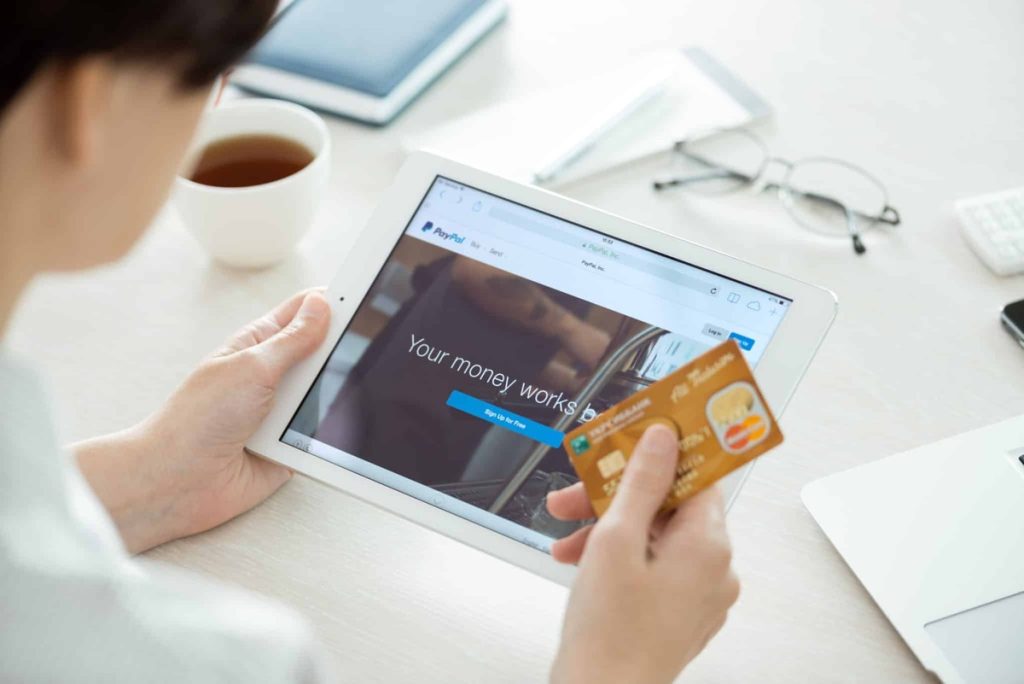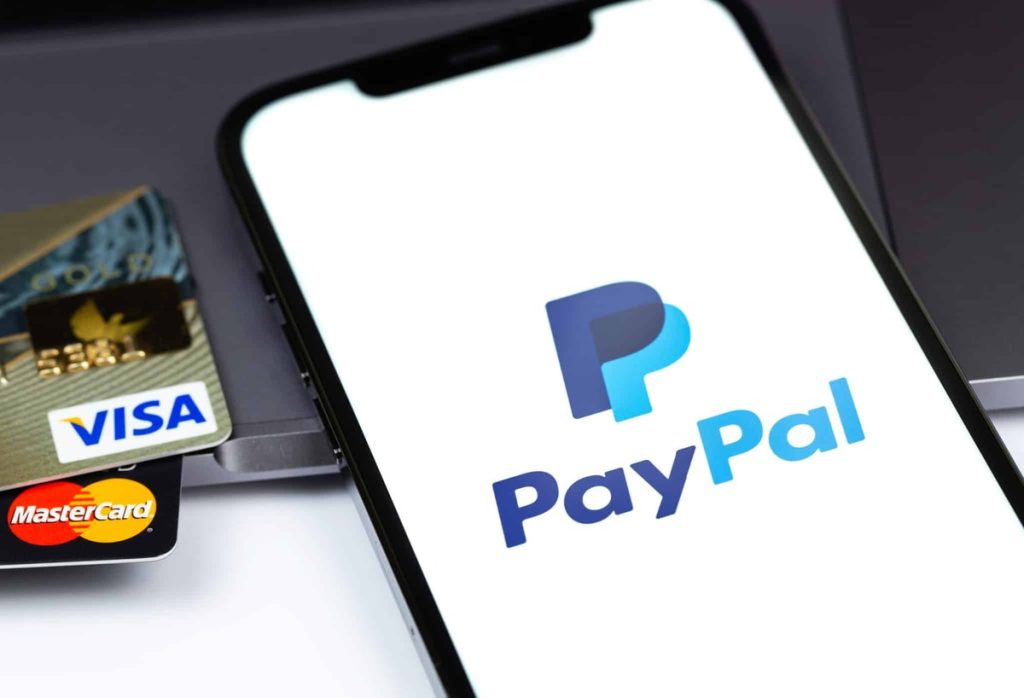Chargebacks are a significant financial challenge for online merchants. On PayPal, these can be particularly troublesome due to specific policies and processes. This guide outlines practical strategies to prevent PayPal chargebacks using factual data and actionable insights.
Understanding PayPal Chargebacks
A chargeback happens when a customer disputes a transaction with their credit card issuer, which results in the reversal of funds. According to a report from Javelin Strategy & Research, chargebacks cost U.S. merchants approximately $31 billion in 2022. For PayPal users, grasping the details of chargebacks is crucial.
Types of Disputes on PayPal:
- Disputes: Internal conflicts resolved within PayPal.
- Claims: Escalated disputes reviewed by PayPal.
- Chargebacks: Involves the customer’s credit card issuer, making them more severe.
Impact of Chargebacks on Businesses:
- Financial Loss: Merchants lose the transaction amount, pay associated fees, and incur a chargeback fee ranging from $20 to $100 per case.
- Account Risks: High chargeback ratios may lead to higher processing fees or even account suspension on PayPal.

Key Strategies to Prevent PayPal Chargebacks
1. Provide Accurate Product Descriptions
Misleading descriptions are a leading cause of chargebacks. VISA reports that 33% of chargebacks result from product discrepancies. To prevent this:
- Detailed Descriptions: Include all relevant details—size, color, material, and functionality.
- High-Quality Images: Ensure images accurately represent the product, showing multiple angles.
2. Ensure Prompt and Trackable Shipping
Shipping issues account for 29% of chargebacks (Mastercard). To avoid this:
- Use Tracking Numbers: Provide customers with tracking details to resolve disputes regarding non-delivery.
- Timely Dispatch: Ship products within the promised timeframe.
3. Implement Fraud Prevention Measures
Fraudulent transactions are a significant cause of chargebacks. Implement these measures:
- CVV Verification: Ensures the buyer possesses the card.
- Address Verification System (AVS): Cross-checks the billing address with the card issuer’s records.
- 3D Secure Authentication: Adds an extra security layer by requiring a password.
4. Maintain Clear Return Policies
Unclear return policies contribute to 20% of chargebacks (Stripe.com). Ensure your policy is:
- Visible: Display it prominently on your website.
- Comprehensive: Cover returns, refunds, and exchanges.
- Flexible: Offer options to reduce the likelihood of a chargeback.
5. Engage with Customers Promptly
Effective communication can prevent disputes. A study by Braintree.com found that 40% of chargebacks could be avoided with better communication.
- Respond Quickly: Answer customer queries within 24 hours.
- Offer Solutions: Resolve issues by offering refunds, replacements, or discounts.
Table 1: Top Causes of PayPal Chargebacks and Prevention Tips
| Cause | Percentage | Prevention Strategy |
|---|---|---|
| Misleading Product Details | 33% | Detailed descriptions and high-quality images |
| Shipping Issues | 29% | Provide tracking numbers and ensure timely dispatch |
| Fraudulent Transactions | 25% | CVV, AVS, 3D Secure authentication |
| Unclear Return Policies | 20% | Clear, visible, and flexible return policies |
| Poor Customer Communication | 40% | Quick responses and proactive resolution |
6. Utilize PayPal’s Tools for Chargeback Prevention
PayPal offers several tools to help prevent chargebacks:
- PayPal Seller Protection: Covers eligible transactions against unauthorized payments and items not received. To qualify, ship items to the address provided by PayPal and retain proof of delivery.
- Instant Payment Notifications (IPN): For digital goods, use PayPal’s IPN service to confirm purchases instantly.
Consider partnering with a specialist in chargeback prevention. Merchanto.org, an official partner of VISA and MasterCard, offers advanced fraud detection and dispute management services. Learn more about how Merchanto.org can help secure your transactions.
7. Document Everything
Accurate records are your best defense in a chargeback dispute:
- Keep Transaction Records: Save copies of invoices, receipts, and customer communications.
- Proof of Delivery: Ensure all shipped items have tracking information.
- Digital Product Logs: For digital goods, keep server logs to prove delivery.
Table 2: Documentation to Retain for Chargeback Disputes
| Document Type | Purpose |
|---|---|
| Transaction Records | Prove payment and agreement to terms |
| Shipping Proof | Validate delivery to the correct address |
| Communication Logs | Demonstrate attempts to resolve disputes |
| Digital Product Logs | Show delivery and access to digital goods |

Handling Chargebacks on PayPal
Even with precautions, chargebacks can still happen. Here’s how to handle them:
1. Review the Chargeback Notice
Upon receiving a chargeback notice, review the details immediately. PayPal provides a limited timeframe, typically 10 days, to respond.
2. Gather Evidence
Compile relevant documents:
- Proof of Delivery: Tracking numbers and delivery confirmation.
- Product Descriptions: Show that the item was accurately described.
- Communication Records: Emails or chat logs with the buyer.
3. Submit Your Response
Respond through PayPal’s Resolution Center with clear and concise evidence.
4. Monitor the Resolution Process
The chargeback process can take up to 75 days. Track the case status in PayPal’s Resolution Center.
5. Know When to Escalate
If the chargeback decision is unfavorable, consider an appeal. For significant transactions, legal advice may be necessary, especially if your evidence is strong.
Table 3: Chargeback Response Timeline
| Step | Action Required | Timeframe |
|---|---|---|
| Receive Chargeback Notice | Review details and assess claim | Within 24 hours |
| Gather Evidence | Collect and organize documentation | 1-2 days |
| Submit Response | Provide evidence via PayPal | Within 10 days |
| Monitor Case Status | Check updates on PayPal Resolution | Ongoing until resolution |
| Escalate if Necessary | Consider appeal if decision is negative | Within PayPal’s guidelines |
Conclusion
Preventing PayPal chargebacks requires a focused approach. By implementing the strategies outlined in this guide—such as accurate product descriptions, fraud prevention, and clear communication—you can significantly reduce the risk of chargebacks. Use PayPal’s tools and consider working with specialists to protect your business from unnecessary losses.
Chargebacks are more than just a financial loss; they can damage your business’s reputation and affect your relationship with payment processors. Stay vigilant, document everything, and prioritize customer satisfaction to maintain a low chargeback rate.



